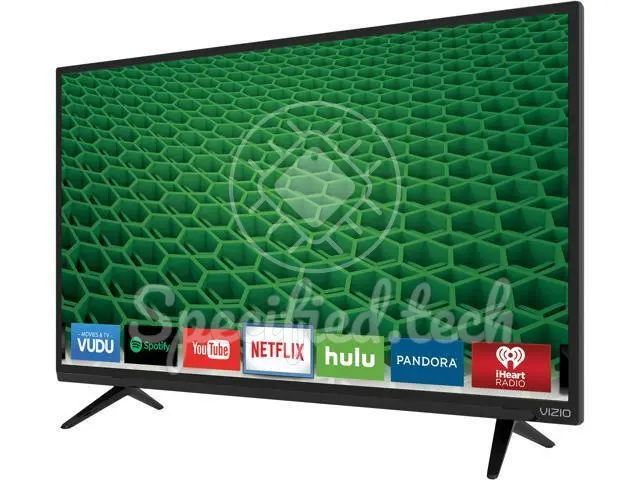
Consumption and performance data
The average power consumption of a television is an important factor to consider when choosing a new set. As a rule, modern LED televisions consume between 40 and 150 watts per hour. According to the manufacturer, the D32-D1 model described here has an average consumption of 25.5 w. This can vary depending on screen size, technology and usage. It is advisable to look out for energy-efficient models that have been awarded Energy Star certification in order to minimize energy consumption and save energy costs in the long term. In addition to active power consumption, standby consumption also plays a decisive role in the overall efficiency of a television. Many modern televisions have an energy-saving standby mode that reduces consumption to a few watts when the set is not in active use. It is advisable to choose a television with low standby consumption in order to save energy and minimize electricity costs even when it is not in use. The consumption in standby mode was specified by Vizio as 0.5 w.
Network and Bluetooth
This model ( D32-D1 ) supports Wi-Fi. This wireless network connection allows devices to display content from a smartphone or tablet, for example, or to download apps from an app store. The protocols are supported:
Additional information
- 100x100
- 802.11b
- 802.11g
- 802.11n

